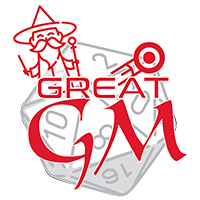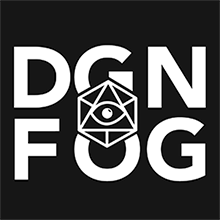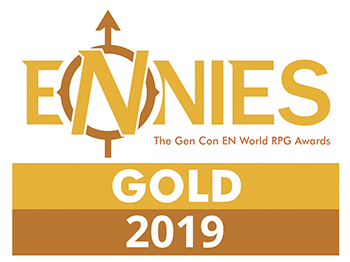Traditional Endolian Folk Dance
History
Execution
Though this can vary from town to town, usually, the dance forms different patterns based on what season is coming up. For summer, people get close together in circular patterns and with fast-paced, representing the full growth and life of summer and how enjoyable it can be. For fall, the people form square-like or rectangular patterns like that of a field of a farm with moderately paced music, representing the harvest, the falling of the leaves, and the colder weather. For winter, the music is a mix of slow and fast parts with the patterns being similar to that of snowflakes, representing the beauty and lonely colors of winter, of the loved ones we have lost, and that we should appreciate what we have because we do not live forever. For spring, the music is upbeat and similar to that of ancient war dances as it represents young men and women coming of age and joining the military, new life beginning to sprout, as well as love blossoming in the air.
Most of the dance includes swaying back and forth to a beat with your hands locked with the people beside you, making shapes and singing. Though variations exist between different sub-cultures in Endol and different shapes can be formed, they generally follow the same rules and types of songs. For instance, for the spring festival, a celebration in Odyssia will be about the adventure of the open sea, the return of the fish to the shoreline, and asking for protection about the incoming storms; meanwhile, Celestians' spring festivals will consist of many flowers decorating the towns and the people, talk of courtship and romance, celebration of goddess' blessings, and tournaments for the youths to prove themselves in many different skills.
Components and tools
Participants
Observance
Remove these ads. Join the Worldbuilders Guild









Comments